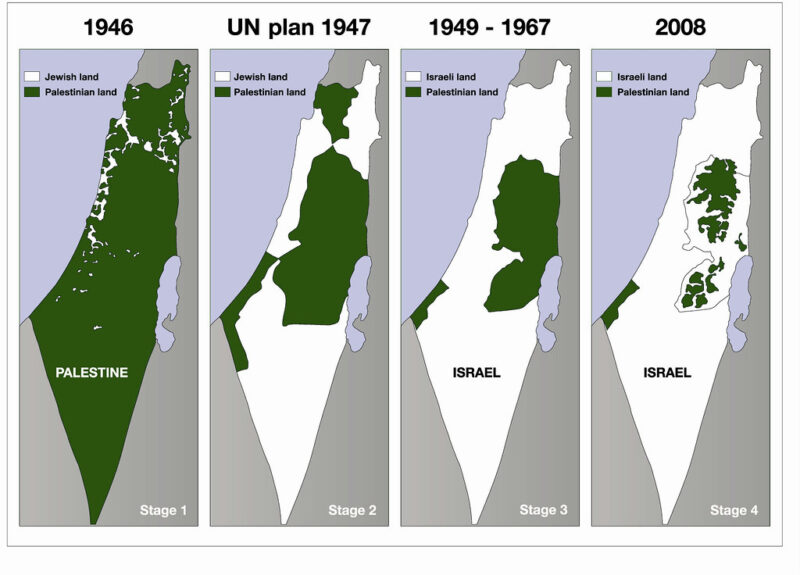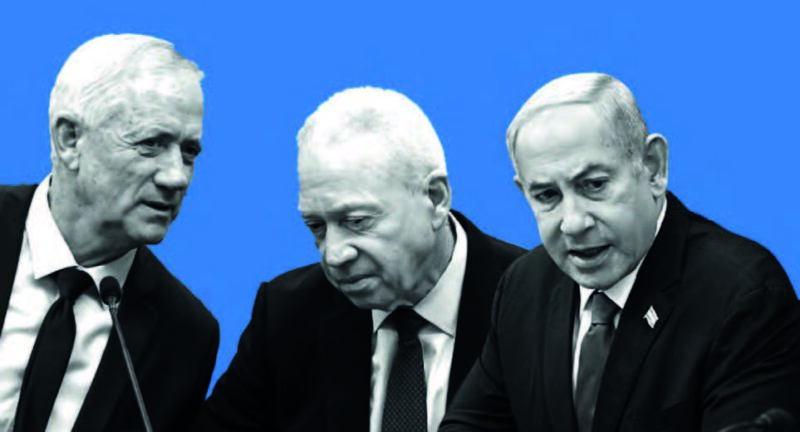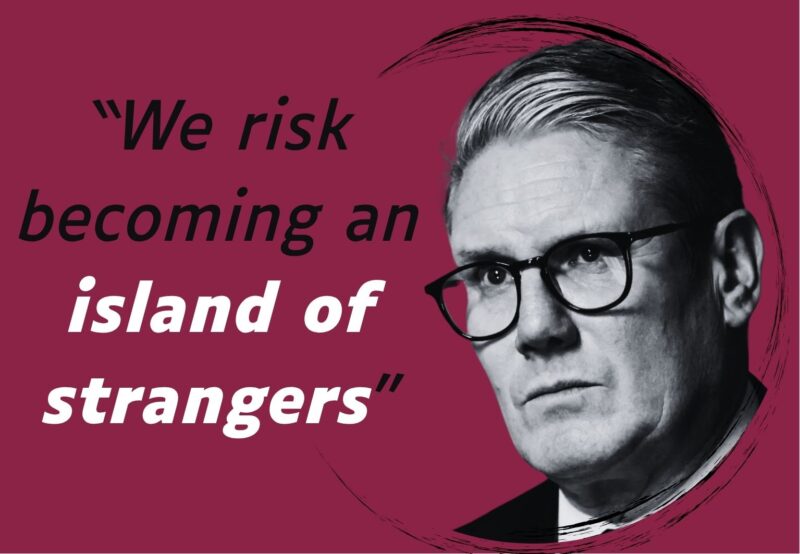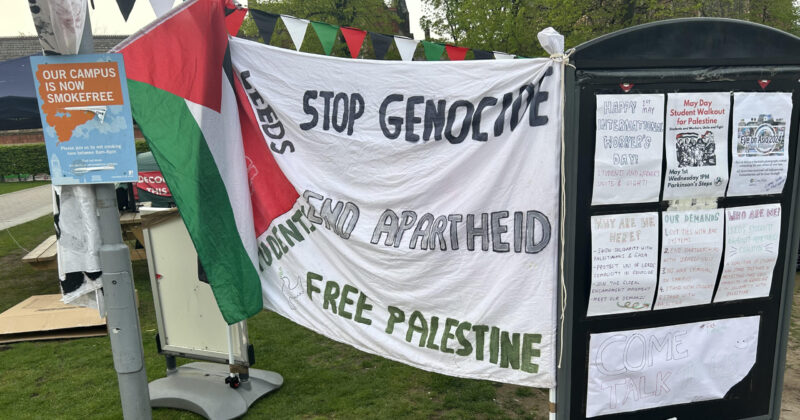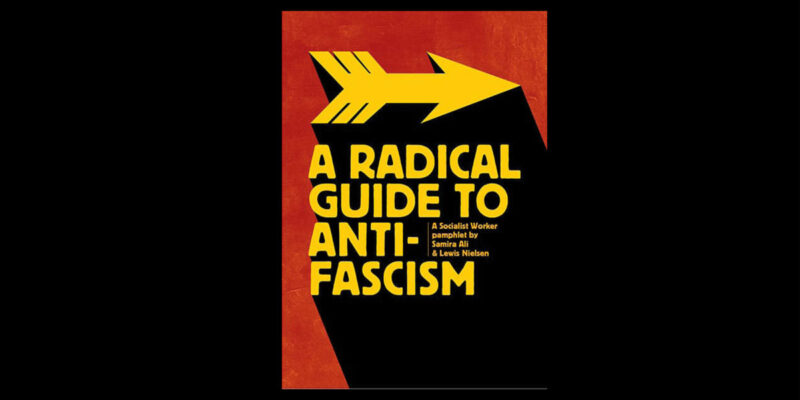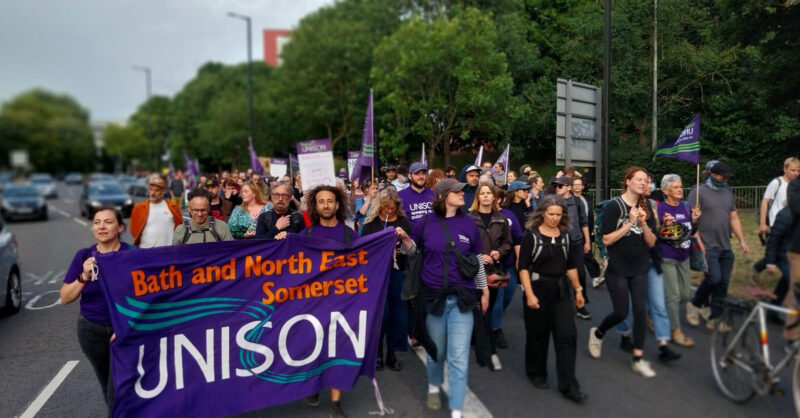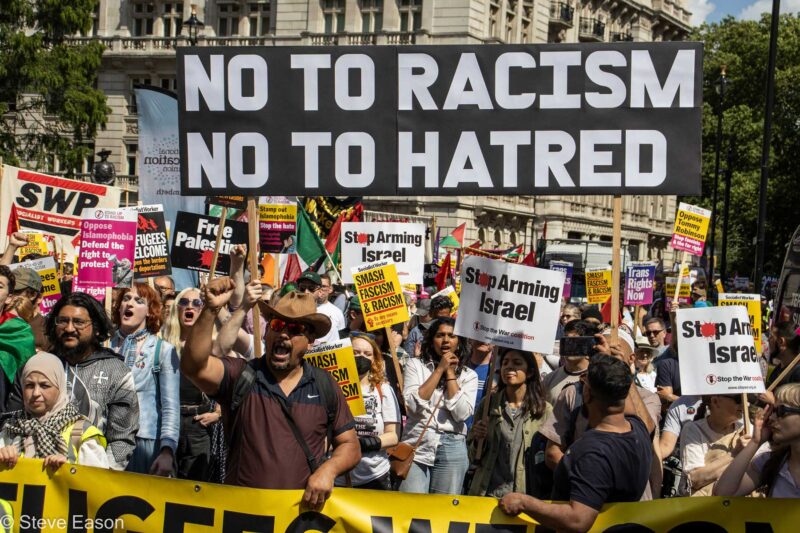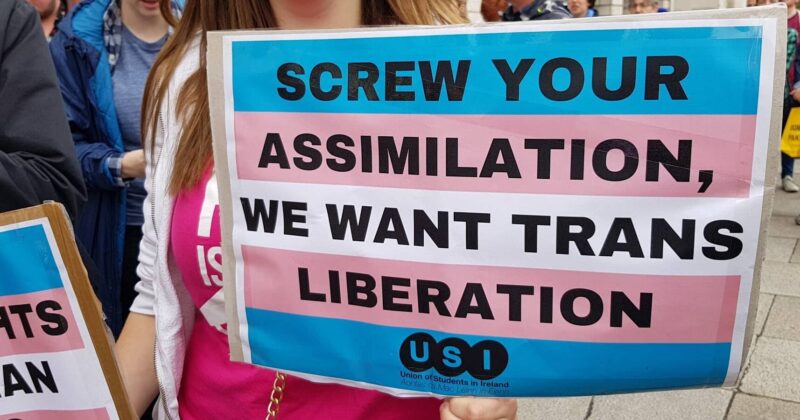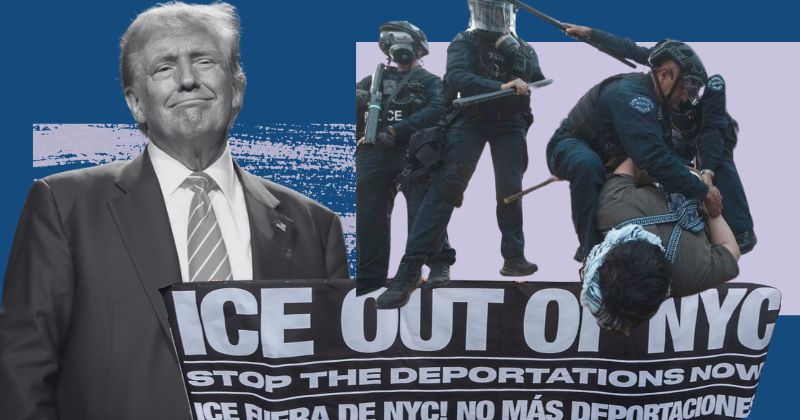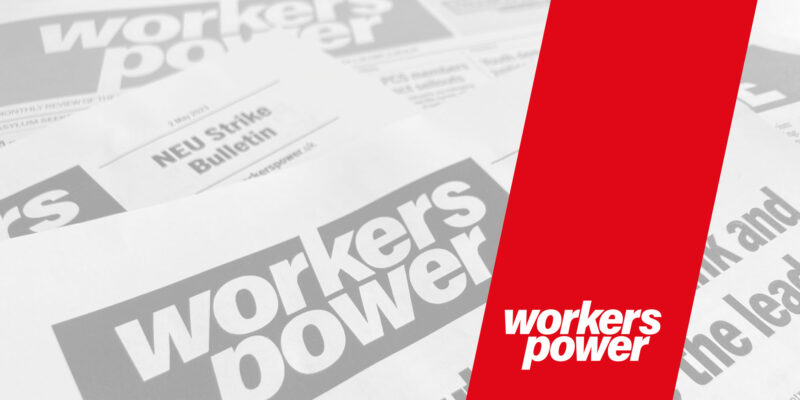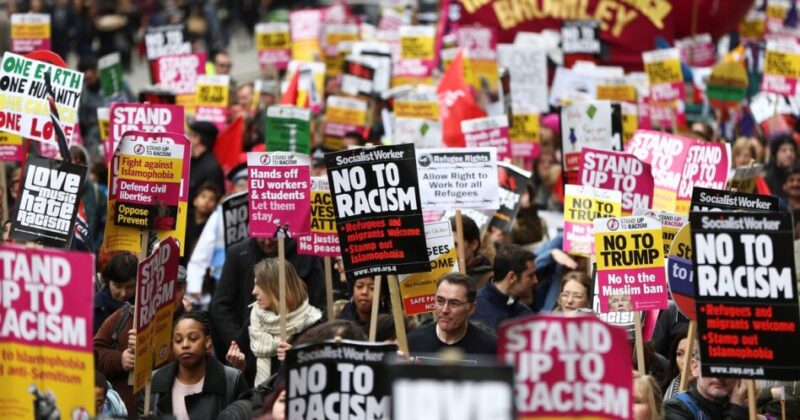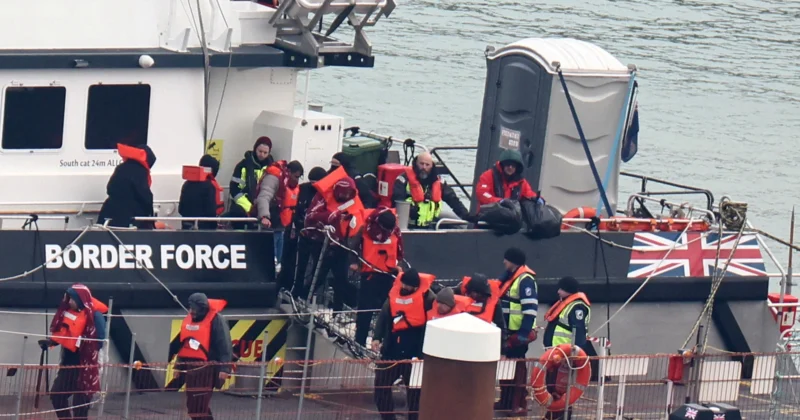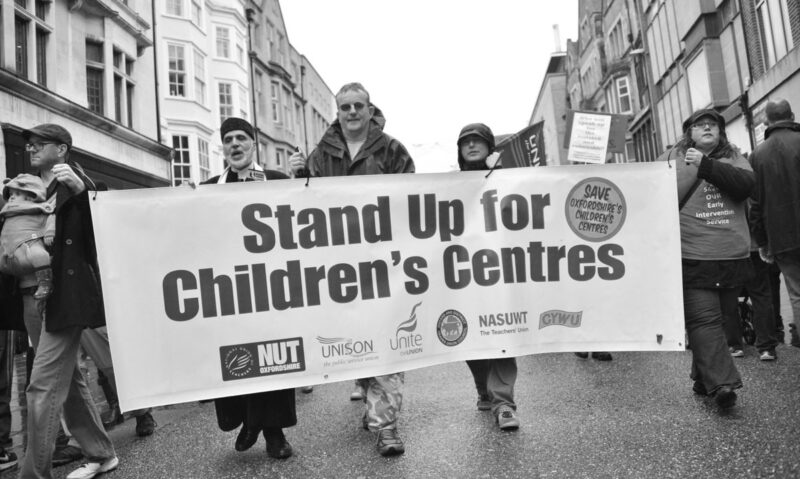Civil war and class war in Ukraine
By KD Tait
In Ukraine, ‘war is peace’.
The government air force marked the end of one “ceasefire” and the start of a “peace plan” with the terror bombing of the defenceless village of Kondrashovka. Scraps of unidentifiable charred flesh scattered among burning ruins were all that remained of eight villagers, including three members of one family.
Now Slavyansk and Kramatorsk have fallen to government forces. After weeks of bombardment the fascist wolfsangel banners have been raised above the ruins of depopulated towns and cities.
The government storm troopers intend to massacre the anti-fascist resistance on the barricades of Donetsk and Luhansk – and with it crush any possibility of resistance to the imposition of Nato militarisation and IMF-EU austerity.
These atrocities are the government’s obedient response to a demonstration held in Kiev on 29 June, called by the “Donbas Battalion”, which demanded an end to the ceasefire, the imposition of martial law and the escalation of the war against the people of the Donbas.
On the same day, in the eastern town of Luhansk, Ukrainian citizens demonstrated against the war, calling in vain on the Kiev regime to “stop the military actions and crackdown against Ukrainian civilians.”
The contrast is instructive: in Ukraine the Donbas workers call for peace while the Kiev Maidan cries for war.
If war is the ‘continuation of politics by other means’, then the Kiev regime’s punitive military campaign in the Donbas region is the battering ram that is the pre-emptive attempt to smash working class resistance to the IMF’s economic shock therapy.
The signing of the EU Association Agreement on 30 June confirms the Kiev government of oligarchs as the political tool of the IMF and western imperialism. The Right Sector and Svoboda militias are their mailed fist.
That the EU free trade deal was signed to the percussion of bombs falling on schools, homes and hospitals shows exactly what kind of ‘association’ the EU intends to have with the workers of Ukraine.
That a demonstration calling for the ruthless prosecution of the civil war outnumbers all anti-war protests in the west of the country demonstrates the character of the dominant political forces backing the government.
In Kiev fascists are able to attack trade union conferences, break up anti-war protests, drive left-wing organisations underground with impunity and oblige the so-called ‘liberal’ Mayor of Kiev to refuse to guarantee the safety of the Pride events. This shows that the government relies upon the social base of the fascists for enforcing its political programme of war, austerity and extreme nationalism.
***
The recent “peace” initiative, concocted by the rulers of France, Germany, Russia and Ukraine, is a conspiracy to divide the fruits of Ukraine’s land and people amongst the exploiter classes: the oligarchs of Ukraine and Russia and the multi-billionaires of the West.
Though the “democrats” in Berlin, Paris and Washington remained silent as the opposition in Mariupol and Odessa was drowned in blood, Putin himself has proved their equal in defending the interests of Russian capitalists rather than the Donbas people. His prime aim is to achieve conciliation with his business partners in the EU, and to restrain Nato’s expansion and block the United States’ attempts to disrupt EU-Russian trade links. This is why Germany and France are quietly eager to strike a deal with Putin, and the United States just as eager to sabotage it.
On 18 June, 10,000 Donbas miners struck and marched through Donetsk demanding an end to Kiev’s anti-terrorist offensive. The Russian flags and appeals to Putin to defend them in the early demonstrations have been replaced by the slogans “No to war!” and “Fascism shall not pass!”
Now too in west and central Ukraine, protests by wives and mothers of conscripts against their mobilisation to shoot down their Ukrainian brothers and sisters in the East are spreading.
The decisive question is whether the workers of Donbas can turn their legitimate resistance in the civil war being waged by Kiev into a war of the working class, east and west, against all nationalism, for the defence of democratic rights for all and against all imperialist exploitation of Ukraine either by the IMF-Nato-EU axis or by Russia.
Hero cities under siege
On the anti-war protests in Donetsk, miners chanted “Slavyansk is a hero city”, a reference to the Soviet award granted to the cities of Leningrad, Odessa, Kiev and others for the citizens’ defence against the modern fascist invaders who admire the SS Galicia Division and Nazi collaborator Stepan Bandera.
For three months, the workers of Donbas have resisted the invasion of the so-called “National Guard”, which fights to impose the rule of the ultra-nationalist Kiev regime. The central role of people who describe their Russian-speaking fellow citizens as “subhumans” is what lends the resistance a genuinely anti-fascist character.
In reality, the National Guard is an occupation force principally composed of fascist militias backed up by Ukrainian army special forces. Armed and financed by Ukraine’s richest oligarchs, these fanatical “volunteers” are the ones are responsible for the massacres of civilians in Odessa and Mariupol.
Tanks, bombs, chemical weapons and the methods of modern siege warfare have failed to crush the heroic resistance of self-defence forces made up overwhelmingly of ordinary Donbas workers, women and youth.
The Kiev government’s punitive destruction of the region’s towns and villages has resulted in the deaths of more than 400 civilians, according to government sources. The UN reports 110, 000 Ukrainian refugees have entered Russia officially, with another 54,000 internally displaced.
Sources in the devastated towns of East Ukraine report the true scale of the humanitarian disaster as up to half a million refugees, with thousands living in cars and in the forests, with no sanitation, food or adequate shelter and at constant risk of death from the indiscriminate shelling by government forces.
According to the Donetsk People’s Republic, at least 800 members of the self-defence forces have been killed. Government sources suggest just 200 army soldiers have died, revealing the unequal nature of the civil war.
The government is determined to impose its authority on the country’s most industrialised and working class region, which is the principal target of the IMF’s neoliberal shock therapy, and is taking the opportunity to militarise the area and destroy the organised workers’ capacity to resist.
The Association Agreement will devastate the area, leading to mass closures of factories and mines, and perhaps that is why the Kiev government is so careless about bombarding civilian areas and workplaces. However, at the moment, it is the government’s extreme nationalism and violent methods that are providing the fuel for the spontaneous resistance emerging across the southeast.
The war has taken on the character of a popular struggle against the rule of a government most view as illegitimate. By declaring independence, they reject the imposition of governors who seek to exploit their region as a personal fiefdom.
The movement in the East centres around progressive demands: for the right to elect their own governors rather than have them imposed from Kiev, for the right to control a greater proportion of the taxes raised in the region, against the destruction of social benefits and subsidies and for the withdrawal of all the fascist militias occupying their land.
They must be Russians?
The role of significant numbers of Russian citizens in the leadership and militias of the Donetsk and Luhansk People’s Republics cannot be denied. The militarisation of the struggle has inevitably meant that the best organised and armed elements have secured greater influence. Some are ex-members of the Berkut, the paramilitary police under Yanukovych, others are older ex-servicemen from the Soviet armed forces; a number are, indeed, Russian volunteers. However, whatever their background, these individuals remain a minority and are accepted as leaders by a genuine mass resistance movement.
Certainly the leaders of the “Donbas People’s Republic” have adopted reactionary clauses into its constitution (a ban on abortion, defence of private property, etc., adoption of the Orthodox Church as a State religion and hostility to homosexuality) reflecting not only their socially-conservative and Russian nationalist views but also their strategy, which is not to reach out to the working class and fracture the west Ukrainian class alliance, but to present themselves as reliable allies and local proxies of Putin.
However, there is no sign that these points have mass support and they have to be set against a popular struggle for democratic rights, within which different political views compete for influence.
Nevertheless, we should not expect immediate support for a wide spectrum of progressive policies from a working class that developed under the burden of the reactionary sexual and racial attitudes promoted for decades by Stalinism and by all Ukrainian governments since 1991. Socialists will need to fight long and hard against these views and this is one of the reasons a revolutionary working class party is needed in Ukraine. Nevertheless, in the face of Kiev’s “anti-terrorist” offensive there is clearly total justification for a military united front with all those willing to defend the people of East Ukraine.
The aim of such a military alliance is to enable the working class to arm itself and thereby gain the ability to develop and defend a politically independent programme, opposed to all the pan-Slav nationalists and pro-Putin forces.
The resistance in east Ukraine can be characterised as a mass working class movement, albeit one whose political “leadership” is not an organic one but rather one that relies on its military capacity. This is a leadership that socialist forces must do all in their power to replace, by fighting for democratic bodies to be formed in the east and for a mass workers’ militia, as the striking miners have reportedly considered.
Those socialists who take a “neutral” position, calling for negotiations but with no support for the resistance or, worse, demanding that the Donbas militias disarm in the face of a fascist onslaught, prove themselves pacifists in words and, in practice, contemptible supporters of the Maidan regime.
Imperialist division and redivision
Given that the leadership of the Donetsk and Luhansk People’s Republics refused to accept Putin’s demand to abandon the referendums on independence, and given also that Putin has not provided them with serious military or material support, what is the role of Russia?
Putin pursues a dual strategy: on the one hand, he wants to defend the interests of Russian capital in East Ukraine and to preserve the reliance of European markets on Russian energy exports. He is doubtless under great pressure from Russia’s own oligarchs to make concessions to the Europeans, if not the Americans.
Parallel to this, is the pursuit of a political strategy aimed at halting Nato’s encirclement of Russia with the integration of Georgia, Moldova and Ukraine into EU free trade deals and full Nato membership. Only gullible or naïve western socialists could believe that Putin would undermine the interests of Russian oligarchs’ economic relations by actively supporting an independent and democratically minded armed movement in the Donbas.
The interests of Russian finance capital’s investments in East Ukraine are in no way served by the growth of an armed movement, especially one that has voiced its willingness to expropriate the property of capitalists who refuse to recognise its authority.
Putin’s support for the Donbas people amounts to little more than keeping the border open and rhetorical denunciations of the massacres carried out by the Ukrainian army. But the Butcher of Grozny does this not from the standpoint of a humanitarian defender of working people, but as a political calculation – his need to pose as a strong man defending the “Russian people”.
The destabilising impact of the Great Recession which began in 2008 shipwrecked the fragile Ukrainian economy. Burdened by the parasitic export of capital by Ukrainian oligarchs, it remained afloat only with the aid of massive Russian and, to a lesser extent, IMF and World Bank financial support. Yanukovych’s refusal to sign the Association Agreement in November 2013 was based on his judgement that Russia was offering a better deal.
Indeed, Russia’s proposal, integration into its own Custom Union, was sweetened with massive bailouts of Ukrainian banks, the continuation of subsidised gas and had no politically damaging austerity demands. It was a deal intended to preserve the status quo of Ukraine’s dual exploitation by Russia and the EU.
By contrast, the policy of western finance capital is to use the IMF’s “shock therapy” to disrupt Russian-Ukrainian trade and to flood Ukraine with European commodities while gaining greater access to cheap Ukrainian labour. German capital is particularly committed to this project because it needs to find new export markets and opportunities for profitable investment as the peripheral EU economies dry up after five years of enforced austerity.
This aggressive pursuit of fresh markets to exploit carries the risk of war between major powers and has already unleashed a civil war in Ukraine but it is considered worth the risk by capitalists desperate to escape the recession and stagnation which blights Europe.
That an ‘integrated’ Ukrainian industry and agriculture cannot compete with subsidised and more productive west European ones is of concern only to the secondary tier of Ukrainian capitalists who still view Ukrainian industry as a profitable source of investment.
The front ranks of billionaire oligarchs, however, with significant investment already in Europe, seek ways to profit from the export of Ukrainian labour and raw materials and the import of European finished goods. This is the source of the conflict within the Ukrainian capitalist class and the motivation for their orientation towards either Russian or EU markets.
Victor Shapinov of the Ukrainian socialist organisation “Borotba” has summarised the likely effects of the Association Agreement:
“Drop in production or complete destruction of production beyond the narrow mining sector (mainly ore) and possibly the steel industry. Ukrainian production in aircraft, automotive and chemical industries cannot compete with European manufacturers, which get cheaper credit and government support …
Ukrainian agriculture, which … requires a high degree of processing, cannot withstand competition with European manufacturers, whose competitiveness is supported by huge subsidies, non-tariff regulation and flexible mechanisms.
Introduction of European standards of production (which are aimed at shielding the protectionist EU producers) will close businesses that are not able to comply with these regulations…
Disruption of economic ties with Russia and countries of the Customs Union will destroy the industry built on the basis of cooperation in the framework of the former USSR.
Tight EU monetary requirements in the field of “budget savings” (similar to the requirements of the IMF) will force the Ukrainian government to cut social spending, which will aggravate the social situation in the country.
Closure or reduction of production in key sectors of the economy will lead to a catastrophic rise in unemployment, comparable with what has troubled peripheral EU countries, that is, to a level of about 40% …”
From civil war to class war
The basis for maintaining the unity of the Ukrainian state does still exist though it has been hugely undermined – not by the calls for autonomy and self-determination by the people of the east but by the right wing western ethnic nationalists.
It is they who wish to discriminate against Russian speakers and even drive them out. All hope of building a country that is based on a free, equal and democratic association of different peoples and languages rests on the Ukrainian working class’s ability to unite against and defeat the nationalist barbarism of its ruling class and their fascist allies.
Though many in the East will have been alienated from the Ukrainian state by the violence of the Maidan fascists and the nationalist government, so too will many in the west be alienated by “their” government’s senseless waste of life in sending conscripts to fight their brothers and sisters in the East.
Despite their cultural and linguistic affinity with Russia and the Soviet past, a majority of residents of the Southeastern regions still regard themselves as Ukrainians. That is why support for separation and fusion with Russia is relatively low. At the same time, the social support for the right wing nationalists and fascists in the centre and west of the country is not universal, indeed, probably not a majority.
And widespread illusions in the European Union will rapidly erode once the meaning of the Association Agreement becomes clear and the gates of the EU are not opened. And neither is its purse.
As it becomes clear that both Russia and the EU are more interested in arranging their common exploitation of the Ukrainian people than defending democracy or livelihoods, the objective conditions permitting the possibility of united action for social demands will emerge.
However, there are only two potential leaderships in Ukraine that could lead a movement for Ukrainian national self-determination, free from imperialist subordination. On the one hand, the extreme nationalists and fascists in Maidan who already say “Europe won’t help us” and, on the other, the Donbas workers who, after their inevitable abandonment by Putin, have turned to reliance on themselves.
Up to 10,000 Tatars have fled from Crimea to Ukraine. In part this is because of anti-Russian propaganda, but it is also in part due to the justified fear of repression by the Russian state. Both Russian state repression and reactionary Ukrainian nationalist propaganda must be condemned without equivocation by all supporters of the anti-fascist resistance.
While a clear majority of Crimean people will look at the war in the Donbas and feel that they were justified in seeking Russian protection, if the struggle for democratic rights is to spread from the southeast to the west, it must also combat anti-democratic measures taken by the Russian state in Crimea.
It is the armed working class and youth of the Donbas who can lead that struggle, but they cannot win on their own. While they may win tactical victories, they cannot inflict a strategic defeat on the government. They need the assistance of the workers of central and west Ukraine.
For this, they need to develop an independent programme for class action and communicate this to workers in the west. Such a programme should start from rejection of the disastrous agreements with the EU, whose real character is becoming ever clearer.
It should emphasise social and democratic demands: self-defence against fascists; disbandment all special units of fascists, police and special forces; election of governors; a Constituent assembly; workers’ control of production to challenge terrible working conditions; federalisation of the regions; defence of national minorities and no privileges; an appeal for international solidarity to ensure national EU parliaments do not ratify the Association Agreement (but without supporting integration into the Russian customs union); against Nato and its maneouvres; for the right to protest; bring war criminals and murderers to justice; nationalise the looted property of the big capitalists under workers’ control.
Defend Donbas: support antifascist resistance
The fall of Slavyansk and Kramatorsk opens the way for the final offensive against the remaining centres of resistance. The future course of the class struggle in Ukraine will be decided on the barricades of Donetsk and Luhansk.
Either the self-defence forces will throw back the fascist militias and open the road to a working class offensive against the government – or the Kiev stormtroopers, warplanes and tanks will do the IMF’s dirty work; all resistance will be drowned in blood, those not driven out of their homes will be terrorized into submission to the new order – a terror imposed and policed under the guns of fascists.
All socialist and antifascist forces should mobilise everything in their power to aid the self-defence forces, support the Donbas people’s legitimate struggle for autonomy within Ukraine and organise for the defeat of the Kiev government’s military offensive.
For socialists in the west this means attacking our own governments’ and media’s lies about Ukraine. It means mobilising against Nato’s war plans and besieging its summit in South Wales in September.
Finally, with the ugly face Kiev regime exposed in the shattered ruins of the Donbas, consistent solidarity with the antifascist resistance means also condemning the forces in the socialist and far left movement who have shamefully supported the Maidan, minimised the fascist involvement, spread lies about the resistance, including socialists like Borotba, and refused to recognise that the main enemy of the Ukrainian workers today is not in Moscow but in Kiev, backed to the hilt by their paymasters in Washington, London, Paris and Berlin.
- Victory to the antifascist resistance!
- Down with the nationalist-fascist regime in Kiev!
- Oppose the ratification of the EU Association Agreement!
- Down with Nato militarism – No Nato troops in Ukraine!






